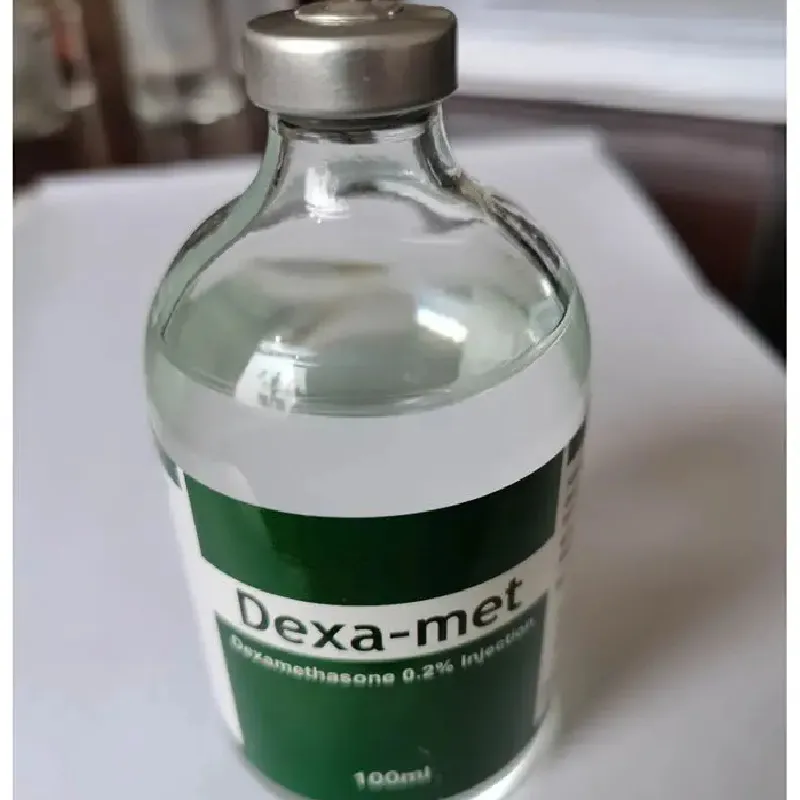- Afrikaans
- Albanian
- Amharic
- Arabic
- Armenian
- Azerbaijani
- Basque
- Belarusian
- Bengali
- Bosnian
- Bulgarian
- Catalan
- Cebuano
- Corsican
- Croatian
- Czech
- Danish
- Dutch
- English
- Esperanto
- Estonian
- Finnish
- French
- Frisian
- Galician
- Georgian
- German
- Greek
- Gujarati
- Haitian Creole
- hausa
- hawaiian
- Hebrew
- Hindi
- Miao
- Hungarian
- Icelandic
- igbo
- Indonesian
- irish
- Italian
- Japanese
- Javanese
- Kannada
- kazakh
- Khmer
- Rwandese
- Korean
- Kurdish
- Kyrgyz
- Lao
- Latin
- Latvian
- Lithuanian
- Luxembourgish
- Macedonian
- Malgashi
- Malay
- Malayalam
- Maltese
- Maori
- Marathi
- Mongolian
- Myanmar
- Nepali
- Norwegian
- Norwegian
- Occitan
- Pashto
- Persian
- Polish
- Portuguese
- Punjabi
- Romanian
- Russian
- Samoan
- Scottish Gaelic
- Serbian
- Sesotho
- Shona
- Sindhi
- Sinhala
- Slovak
- Slovenian
- Somali
- Spanish
- Sundanese
- Swahili
- Swedish
- Tagalog
- Tajik
- Tamil
- Tatar
- Telugu
- Thai
- Turkish
- Turkmen
- Ukrainian
- Urdu
- Uighur
- Uzbek
- Vietnamese
- Welsh
- Bantu
- Yiddish
- Yoruba
- Zulu
តុលា . 16, 2024 06:36 Back to list
how long does it take for tylosin to work
How Long Does It Take for Tylosin to Work?
Tylosin is an antibiotic that belongs to the class of macrolides. It is commonly used in veterinary medicine to treat a variety of infections in animals, particularly respiratory and gastrointestinal infections. Many pet owners and livestock producers often wonder how long it takes for tylosin to start showing its effects. Understanding the duration and effectiveness of this antibiotic is crucial for ensuring the health and recovery of animals.
Tylosin works by inhibiting the growth of bacteria. It does this by interfering with protein synthesis in bacterial cells, effectively stopping the bacteria from multiplying. This makes it a powerful tool in combating infections caused by susceptible organisms. However, the time it takes for tylosin to work can vary greatly depending on several factors.
1. Type of Infection
The type of infection being treated plays a significant role in how quickly tylosin will take effect. For example, superficial infections or localized respiratory issues might show improvement within a few days. On the other hand, more severe or systemic infections could take longer to resolve, sometimes requiring a full course of treatment lasting several days to weeks before significant improvement is seen.
2. Dosage and Administration
The effectiveness of tylosin also depends on the dosage and how it is administered. It is crucial to follow the veterinarian's instructions regarding dosage and frequency to achieve optimal results. A proper dosage ensures that the drug reaches therapeutic levels in the bloodstream quickly, which can lead to faster recovery times. In general, tylosin is administered either orally or by injection, and the method of administration can also influence its onset of action.
how long does it take for tylosin to work

3. Animal Health and Immune System
The overall health of the animal is another important factor. Animals with compromised immune systems or those suffering from chronic illnesses may take longer to respond to treatment. A healthy immune system can work in conjunction with the antibiotic to help eliminate the infection more quickly. Additionally, factors such as age, breed, and pre-existing health conditions can all influence the recovery time.
4. Species Variation
Different species of animals may also respond differently to tylosin treatment. For instance, tylosin is often used in poultry, swine, and other livestock, and the pharmacokinetics may vary among these species. Therefore, the duration of action and the time it takes to see improvements can be unique to each animal type.
5. Monitoring and Follow-up
It is important to monitor the animal's response to tylosin and maintain communication with the veterinarian. If there is no noticeable improvement within a few days, further investigation may be needed to reassess the diagnosis and treatment plan. Sometimes, the infection may not be responsive to tylosin, and a different antibiotic may be required.
In conclusion, the time it takes for tylosin to work can vary based on multiple factors, including the type of infection, dosage, animal health, and species. Generally, noticeable improvement can be expected within a few days for mild infections, while more severe infections may require a longer treatment period. Always consult with a veterinarian for the appropriate diagnosis and treatment plan tailored to your animal’s specific needs.
-
Guide to Oxytetracycline Injection
NewsMar.27,2025
-
Guide to Colistin Sulphate
NewsMar.27,2025
-
Gentamicin Sulfate: Uses, Price, And Key Information
NewsMar.27,2025
-
Enrofloxacin Injection: Uses, Price, And Supplier Information
NewsMar.27,2025
-
Dexamethasone Sodium Phosphate Injection: Uses, Price, And Key Information
NewsMar.27,2025
-
Albendazole Tablet: Uses, Dosage, Cost, And Key Information
NewsMar.27,2025













